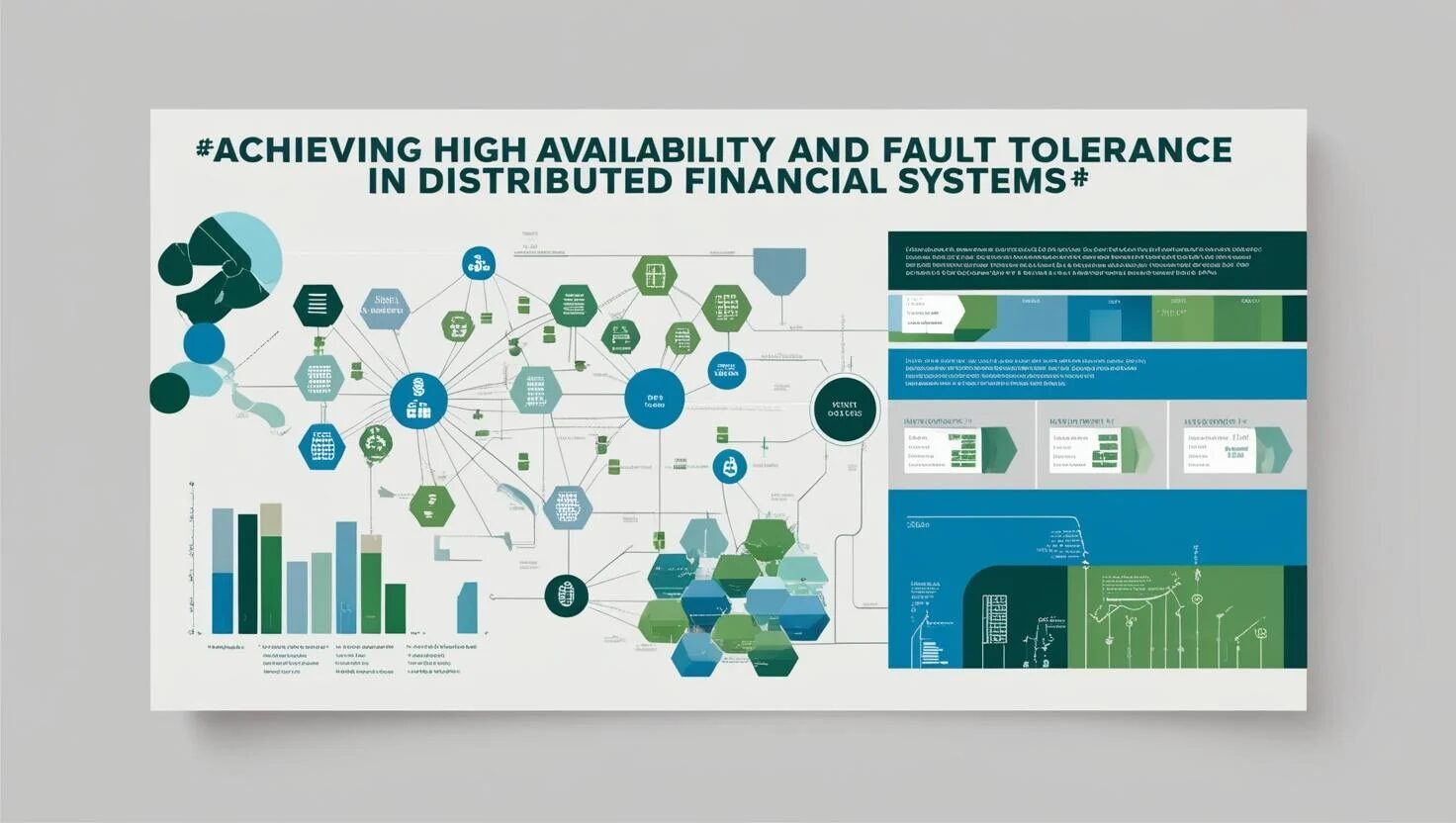In today’s hyper-digital financial landscape, moments of downtime can cascade into catastrophic losses. Krishna Chaitanya Saride, a distinguished technologist and academic, contributes a detailed exploration of the systems and innovations ensuring uninterrupted financial services. With a background steeped in research and engineering, he articulates how institutions can build infrastructure designed for resilience, agility, and trust.
Beyond Backups: The Rise of Active-Active Architectures
One of the most transformative shifts in financial system design is the adoption of active-active architectures. Unlike traditional primary-backup setups, these multi-region deployments allow systems to function simultaneously across geographies, drastically reducing recovery times. Even if an entire region fails, another seamlessly continues operations ensuring that core functions like trading and payments remain unaffected. This approach enables organizations to meet ambitious goals such as sub-hour recovery time objectives and minimizes potential data loss to under five minutes.
Navigating Consistency in a Distributed World
But active-active systems aren’t without their challenges. The real complexity lies in maintaining consistent state across geographically dispersed systems. In high-volume environments, even milliseconds of replication delay can cause transaction mismatches. He highlights mechanisms like distributed transaction managers and advanced replication tools that mitigate these risks. Tactics such as retry mechanisms with exponential backoff offer practical workarounds to eventual consistency, keeping data in sync without overloading systems.
Keeping Systems Evergreen: The Art of Zero-Downtime Deployments
As deployment cycles shorten from months to days even hours ensuring system stability during updates becomes critical, especially in high-stakes financial environments. The author details how modern deployment models like blue-green and canary strategies, coupled with transaction-aware routing, prevent mid-transaction interruptions and minimize customer impact. By integrating these with robust CI/CD pipelines, automated rollback capabilities, and pre-deployment testing environments, financial institutions now achieve deployment success rates exceeding 98%, eliminating the service outages once synonymous with software updates.
Health Checks Reimagined: Verifying Readiness, Not Just Availability
Traditional health checks often stop at confirming whether a service is online. However, he emphasizes the importance of “deep health checks” that probe downstream dependencies databases, payment gateways, fraud detection services ensuring the system can truly serve user requests. These checks are crucial given that the majority of transaction failures stem not from primary applications, but from their dependencies. Functional readiness checks and pre-deployment simulations further enhance early detection of failures, shrinking detection times from minutes to seconds.
Smoothing Startup Spikes: Connection Pool Warm-Ups
Another innovation highlighted is connection pool warm-up. Financial systems often struggle during cold starts, with early transactions suffering from latency spikes or outright failure. Warming up database and network connections before accepting live traffic ensures smoother transitions and minimizes disruptions. This simple yet effective method can slash initial failure rates by over 90%, reinforcing system dependability even during maintenance cycles.
Bringing Visibility to the Edge: The Power of Client Telemetry
His article expands resilience beyond server rooms to client devices. As transaction bottlenecks often arise from poor network conditions or device limitations, financial institutions are now embedding telemetry in their client-side libraries. These tools track metrics like latency, jitter, and success rates, empowering support teams to diagnose issues faster and improve user experiences. With comprehensive end-to-end visibility, institutions can preemptively resolve issues cutting resolution times nearly in half and significantly boosting customer satisfaction.
Trust Through Consensus: Fault-Tolerant Ledgers with Raft
Distributed consensus protocols are the unsung heroes behind reliable financial ledgers. He presents Raft as an optimal choice for such systems, delivering high throughput and low latency even amidst node failures. Raft ensures that transaction logs remain consistent across systems, with smart leader election and recovery mechanisms. Its predictable performance and strong consistency guarantees make it well-suited for applications where even a single inconsistency could trigger regulatory scrutiny or financial loss.
In conclusion, Krishna Chaitanya Saride’s work underscores a new paradigm in financial systems where resilience isn’t a reaction to failure but a built-in feature. From backend architecture to client-facing interfaces, the innovations he details are shaping an industry where availability, integrity, and performance are non-negotiable. As financial systems grow more interconnected and expectations for 24/7 availability rise, these innovations are not just advancements, they’re necessities.



































